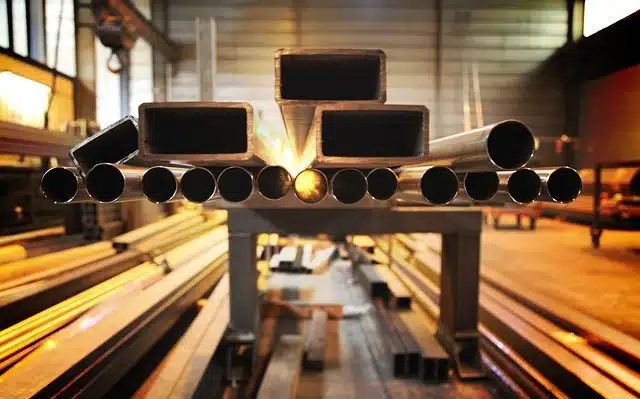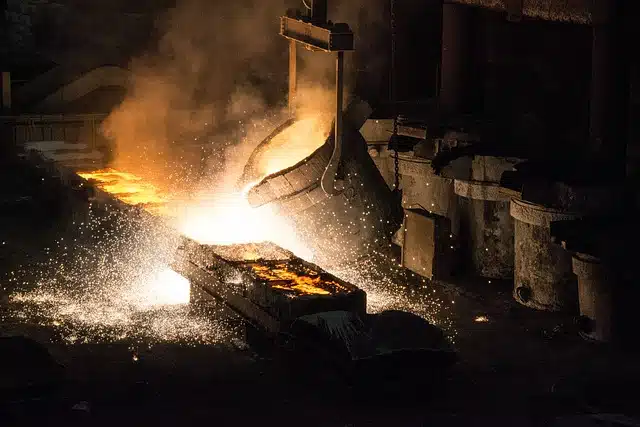
The steel industry is the industry that allows iron to be extracted and used.
The concept of iron and steel derives from the Greek language . This is the process that consists of the extraction and use of iron (the chemical element whose atomic number is 26 ).
Through the steel industry, various treatments can be given to iron to achieve different alloys and types of minerals. In nature, iron can be found as sulfide , silicate , carbonate , hydroxide , or oxide . Thus, the first step in the steel industry is the exploitation of iron mines to obtain this resource.
Steel industry processes
The steel industry generally works with iron in the form of carbonate , hydroxide or oxide . The different processes to which iron is subjected allow us to obtain very important products at an industrial level, such as steel .
Through density separation or magnetization, the steel industry manages to separate the components of the rocks that do not serve it (known as gangues ) and keep the iron ore. For the production of steel , this mineral is first converted into pig iron .

Steel industry is a branch of metallurgy.
Separation methods
Let's see these separation methods in more detail below:
* magnetization : this is a process that begins when each rock is passed through a magnetic cylinder so that those that do not have iron ore fall and remain apart, while the others remain attached to the cylinder. This separation method presents a problem that makes it unreliable, since a large part of the iron mineral reserves is in the form of hematite, and this is not magnetic;
* separation by density : unlike the previous process, water with a density halfway between the iron ore and the gangue must be used, and each rock must be immersed in it. This method is also not foolproof, since the steelmaking process can be negatively affected by wetting the ore.
The smelting of iron with pumice and coke constitutes the initial phase of steel generation. The already cast iron is subjected to steeling to minimize the level of carbon, remove impurities and add, in some cases, various components.
Differences between steel and metallurgy
It is important to distinguish between steel and metallurgy . While the notion of iron and steel is focused on steel, metallurgy refers to the obtaining and processing of metals and the production of alloys. Steel industry, in this way, is a branch of metallurgy.
On the other hand, it is necessary to point out the differences between the concepts of integral steelmaking and steelmaking : the first is also known simply by the name of steelmaking and refers to an industrial plant that is dedicated to the entire process of steel production from ore. iron; The steel mill, for its part, is also an industrial plant but is only dedicated to producing and processing steel, for which it starts from iron or other steel.
One-story facilities
In a comprehensive steel plant there is a series of facilities that allow the production of various formats of steel:
* coke ovens : to obtain coke gas and coal;
* steelmaking : it allows converting pig iron, or cast iron, into steel;
* blast furnaces : with which molten iron can be obtained from ore;
* casting : necessary for the production of large castings, called ingots .
On the other hand, three types of rolling mills are recognized, which are listed below:
* devastating : for reducing the dimensions of the ingots;
* finishing : for hot sheets and structures ;
* cold : for strapping and sheets.
Steel museums
It is interesting to note that there are various museums dedicated to these processes.
In Spain, for example, the Steel and Mining Museum of Castilla y León and the Steel Museum of Asturias ( MSM and MUSI , respectively) stand out.
